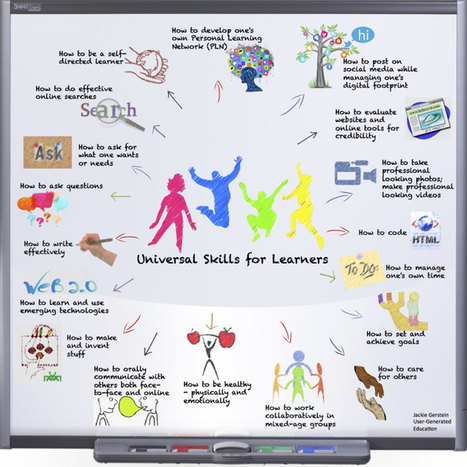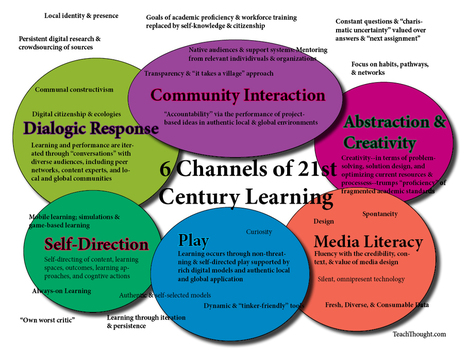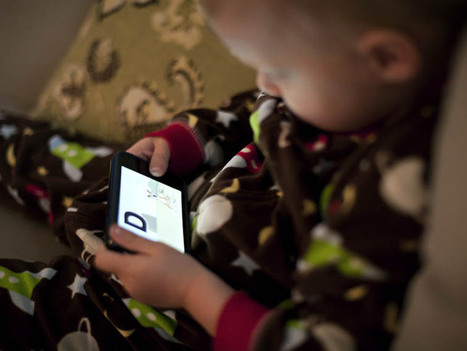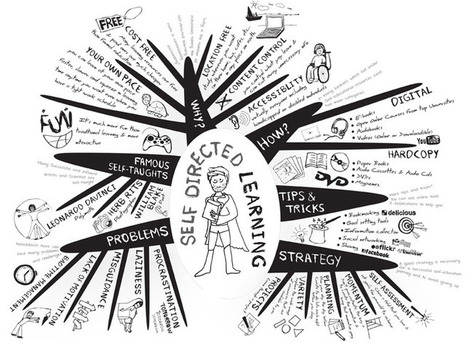"This morning I was thinking about the things that all young people should know how to do regardless of income, geographical location, life goals, etc. I started a list – see below. Some have “always” been true – some are unique to this century of learning. Let me know of any other universal skills you believe young people should know how to do."
Get Started for FREE
Sign up with Facebook Sign up with X
I don't have a Facebook or a X account
 Your new post is loading... Your new post is loading...
 Your new post is loading... Your new post is loading...

Drora Arussy's curator insight,
May 20, 2013 12:38 PM
Wonderful way to put it in perspective. Thank you for sharing the visual. 
Brad Reitzel's curator insight,
August 26, 2014 10:54 AM
Very important components for 21st Century learnings...media literacy should probably be number one in our list!

Don Berg's curator insight,
July 10, 2014 3:53 PM
Interesting how much of challenge it is to distinguish between teaching and learning. That is one of the obstacles to getting self-directed learning to become a mainstream feature in schools. |

Sue J Wilson's curator insight,
November 25, 2013 10:32 AM
"...in practice, curriculum maps are almost always not the “living, breathing” documents experts like Heidi Jacobs Hayes promote. They are instead very dead things—lifeless prisons of content to be covered, and boxes to be highlighted...For a curriculum map—or any planned learning experiences—to be vital—and vitally useful—they must be adaptive and circular rather than rigid and linear. ...they must encourage students to continue their pursuit of understanding and self-knowledge." 
Roberta Orlando's curator insight,
November 26, 2013 9:01 AM
Interesting food for thought...worth reading ;)

Darren Smith's curator insight,
March 14, 2013 12:04 AM
Love this. professional Learning Teams can benefit from this.
Nancy Jones's comment,
March 14, 2013 11:53 AM
Love it. Thanks, as always , for sharing all this great stuff:)
|




















The best question she asks is 'Which are taught in school? Which should be?' These are great questions to explore as a staff in looking at these universal skills.